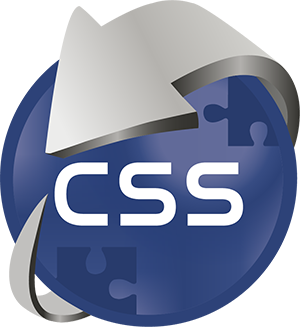Implementing a new software solution can be a complex, time consuming and expensive task for a business to undertake. With potential delays and costly consequences lurking around every corner project failure can be an unfortunate outcome for many organisations undertaking such a change if not managed correctly.
This blog designed with our implementation personnel through past experience helps avoid the pitfalls by highlighting them before any investment either in money or time has been made.
Mistake Number 1:
 Lack of Sufficient Planning
Lack of Sufficient Planning
A lack of planning can be detrimental to a successful implementation, which is why a clear set of goals need to be outlined from the very beginning. We’re probably stating the obvious when we say a detailed plan is an essential part of a successful implementation. However, more often than not, the plan is unrealistic and not detailed enough. To be a strong plan, it needs to outline all requirements and the people involved. It should have enough detail that a knowledgeable person can look at the plan and visualise the scope of work. It should allocate enough time, usually in block of a few days/weeks at a time.
Until you have a plan you won’t really know the impact on the project in terms of time, additional cost and resource needed to work on the project.
Mistake Number 2:
Not getting everyone on board
Before our software solutions get underway, it’s vital to ensure that the entire organisation ‘from the top-down’ understand the reasons, need and strategy behind a business change project.
If the key decision makers don’t articulate this need for change it can have a negative impact on both your budget and internal resources. Not only this but end-users may become resistant to change, won’t place the required priority on the project or provide the necessary commitment to ensure the project is a success.
Mistake Number 3:
Carrying out excessive customisation
Most companies looking to implement our software solution understand excessive customisation adds risk, time and unnecessary cost to a project. According to Gartner, PwC and Deloitte customisation is one of the main areas of technical risk within an IT implementation. This being said very few enterprise level implementations have no customisations.
It is recommended that you choose a solution that (in its vanilla state) meets 80-90% of your business needs. You’ll need a solution that is flexible enough to be modified, therefore leaving 10% for business-critical gaps/custom modifications.
Mistake Number 4:
 No full-time client side project manager
No full-time client side project manager
Another common reason for failed software implementations is an over reliance on the partner’s project manager. Having a dedicated and experience project manager in-house will make a lot of difference in the smooth running of a project of their size and complexity.
Asking a manager or an executive sponsor to manage a project of this scale alongside their main role will inevitably mean that neither job is done well.
Mistake Number 5:
Insufficient focus & underestimating the resources required
Once the roles and responsibilities have been defined, it’s a common mistake to underestimate the required resources.
Be clear about the budget and level of resources required and determine any increase in resource necessary to ensure the project doesn’t stall at the start. Ensure that everyone is aware of the commitment needed form the business users (commonly underestimated departments include finance, accounting and human resources). By making sure everyone involved understands the commitment expected of them – this will help to avoid any confusion when competing projects come along.
Join us next week in the series to find out about the last four mistakes that can help you avoid a failed software implementation.
If you just can’t wait and would like to find out more about our approach to new or recovery implementations, why not get in touch:
T: 0800 652 0488 E: enquiries@csseurope.co.uk

